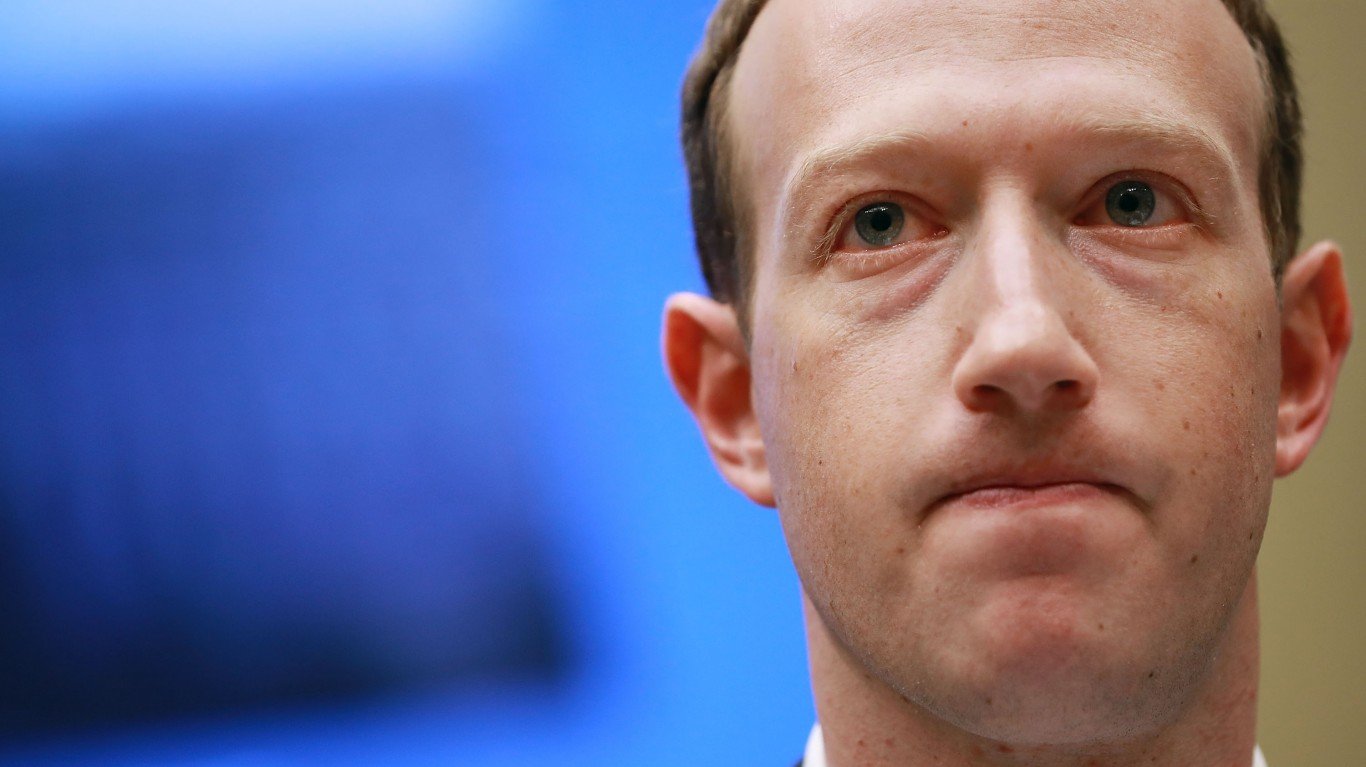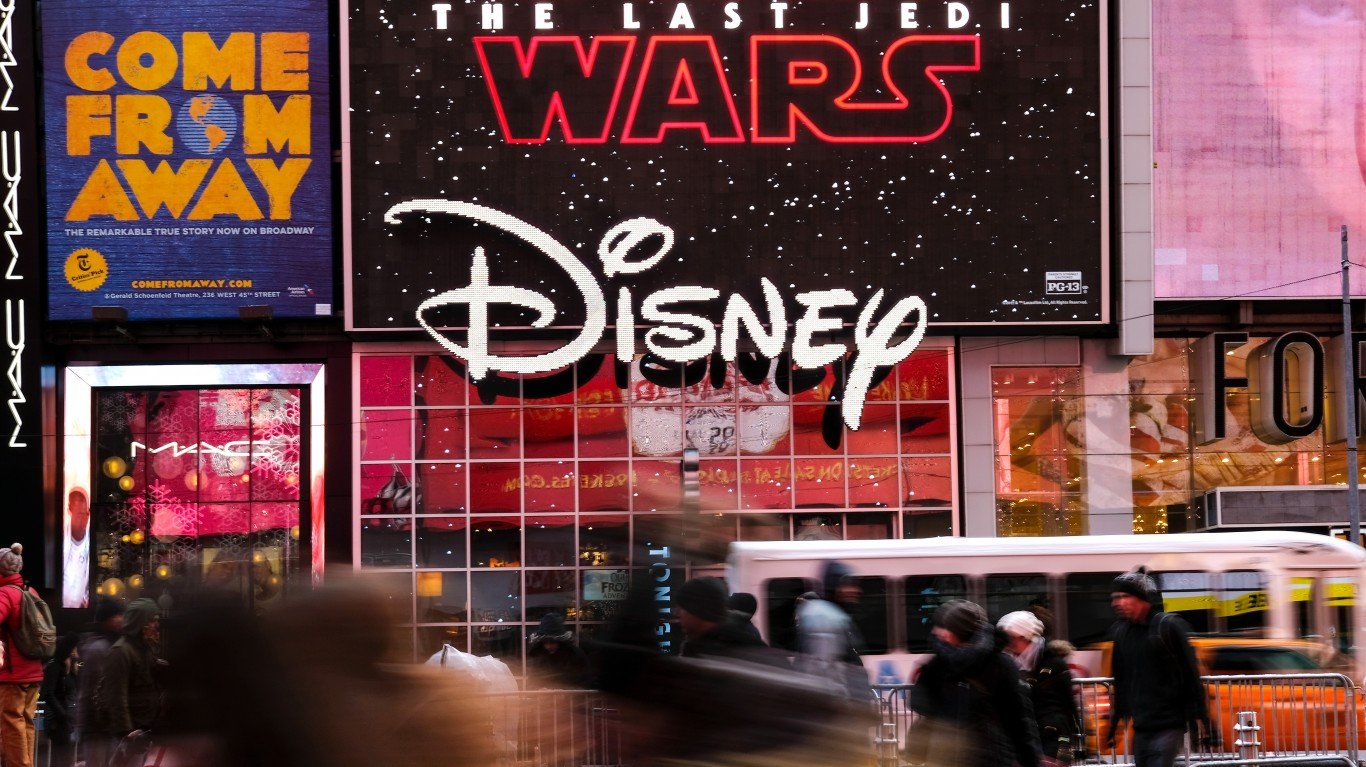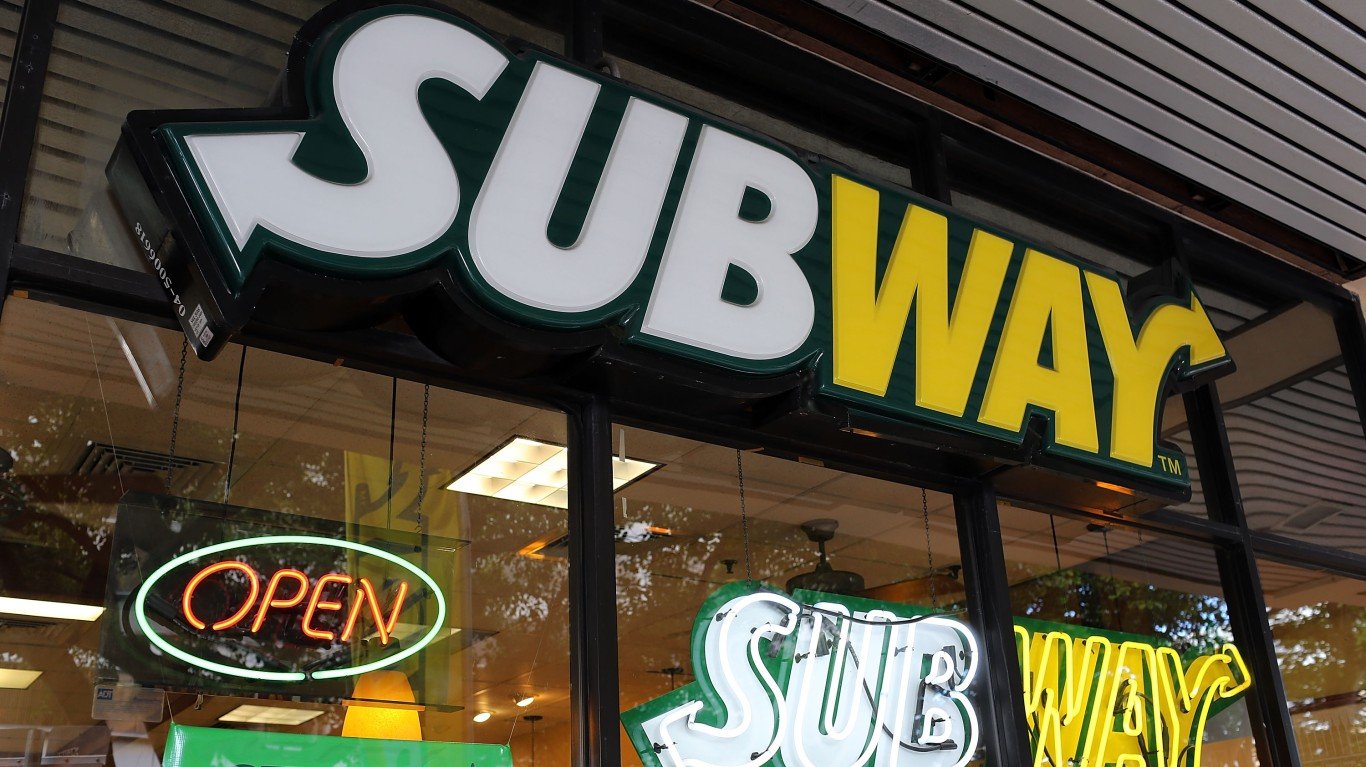

Established in 1965, sandwich-focused chain Subway has around 37,000 locations in more than 100 countries, all independently owned and operated by a network of franchisees. Not only are there many standalone and strip mall locations, but they can be found in truck stops, airports, big-box stores and other high-traffic locations. Subway has even had stores in a laundromat, a Jewish community center, a riverboat and a church.
At first, the freshness of the ingredients and the deliciousness of its offerings seriously impressed customers. The Miami-based company got in early on the trend of quick-service restaurants that prepared food to order right in front of the customer. Its other product offerings include wraps, salads, paninis and baked goods. Subway was lauded for its service and its healthy food options. (See 24 iconic sandwiches you can make at home.)
However, it has fallen from its glory days when it had 44,702 restaurants worldwide (more than McDonald’s or Starbucks). After struggling for several years to turn things around, the company put itself up for sale earlier this year.
What can customers who still favor Subway expect? Should they find somewhere else to grab a bite? Here are five reasons to consider avoiding Subway.
1. Will Your Subway Still Be There Next Week?

Why have so many Subways closed? The company’s wild overexpansion in the years before 2015, when it was the fastest-growing franchise chain in the world, receives much of the blame. But locations with outdated operations and decor, stale menus, and mandated promotions and discounts that eroded the profits of franchise owners did not help any. Not to mention rising competition from other sandwich shops, and even food trucks and grocery stores.
Closures are expected to continue, especially with new owners coming in. So, fans of Subway probably should not be surprised if they drop by for lunch one day and find the lights out and the doors locked.
2. Subway Is in the News Again?

Subway locations in Seattle were the source of not one but two hepatitis A outbreaks, in 1996 and 1999. The latter reportedly cost Subway $1.6 million to a class-action lawsuit and $10 million in an out-of-court settlement.
In 2007, an investigation in Arizona revealed that some of the chain’s “giant sub” sandwiches were not three feet long as advertised. Subway changed its marketing to focus on serving size rather than length. Yet, controversy arose again in 2013 when some of its footlong sandwiches were shown to be less than a foot long, resulting in a class-action lawsuit.
Subway removed azodicarbonamide, a whitening agent and dough conditioner, from its bread in 2014 after bad press. This substance is sometimes referred to as the “yoga mat chemical” but has been deemed harmless and is still used in many consumable products, including those from other fast-food restaurants. (See the most popular fast-food chain in each state.)
Perhaps the company’s biggest scandal was when longtime national spokesperson Jared Fogel was charged with possession of child pornography and illicit sexual conduct with a minor. Subway cut ties with Fogel, who pleaded guilty to the charges, and the company switched its marketing to focus on its history.
And Subway has been accused of using fake chicken (2017) and fake tuna (2021). Of course, the company refuted these claims. This past year, Subway rolled out meat slicers to many of its locations, an $80 million investment. That way customers can see their meat freshly sliced as their sandwiches are made.
Subway also received bad press for not closing restaurants in Russia after the invasion of Ukraine, as well as for featuring a controversial sports figure in some ads. Kind of makes one wonder what tomorrow’s headline will be.
3. When the Healthy Alternative Is Not So Healthy
With its longtime slogan “Eat Fresh,” Subway has positioned itself as a healthier alternative to burgers, pizza, fried chicken and other fast-food offerings. It has gluten-free and low-sodium offerings. The company has a chicken welfare policy and is moving toward using only meat from animals raised without antibiotics, as well as sustainability in its supply chain.But is it really as healthy as all that? Depends on what customers order and at what portion size. Some six-inch subs can have up to 800 calories and 52 grams of fat. Its wraps can be worse, much worse. So can the salads.
Its whole-wheat and whole-grain options are better than its white bread, which is high in sodium. All breads include carbs, of course. Meat options pepperoni, salami and ham are also high in sodium, as is the American cheese. Swiss is the least salty cheese option. Ranch, mayo and sweet onion sauce are high-calorie and sugary options.
Subway’s Fresh Fit menu includes its healthiest offerings. But that won’t matter if the ingredients are not actually fresh. An investigation in 2017 found that some locations received deliveries of ingredients as little as once a week. Franchisees’ requests for more frequent deliveries reportedly were denied.
As always, caveat emptor. (The best independent sandwich shop in each state.)
4. About Those Employees
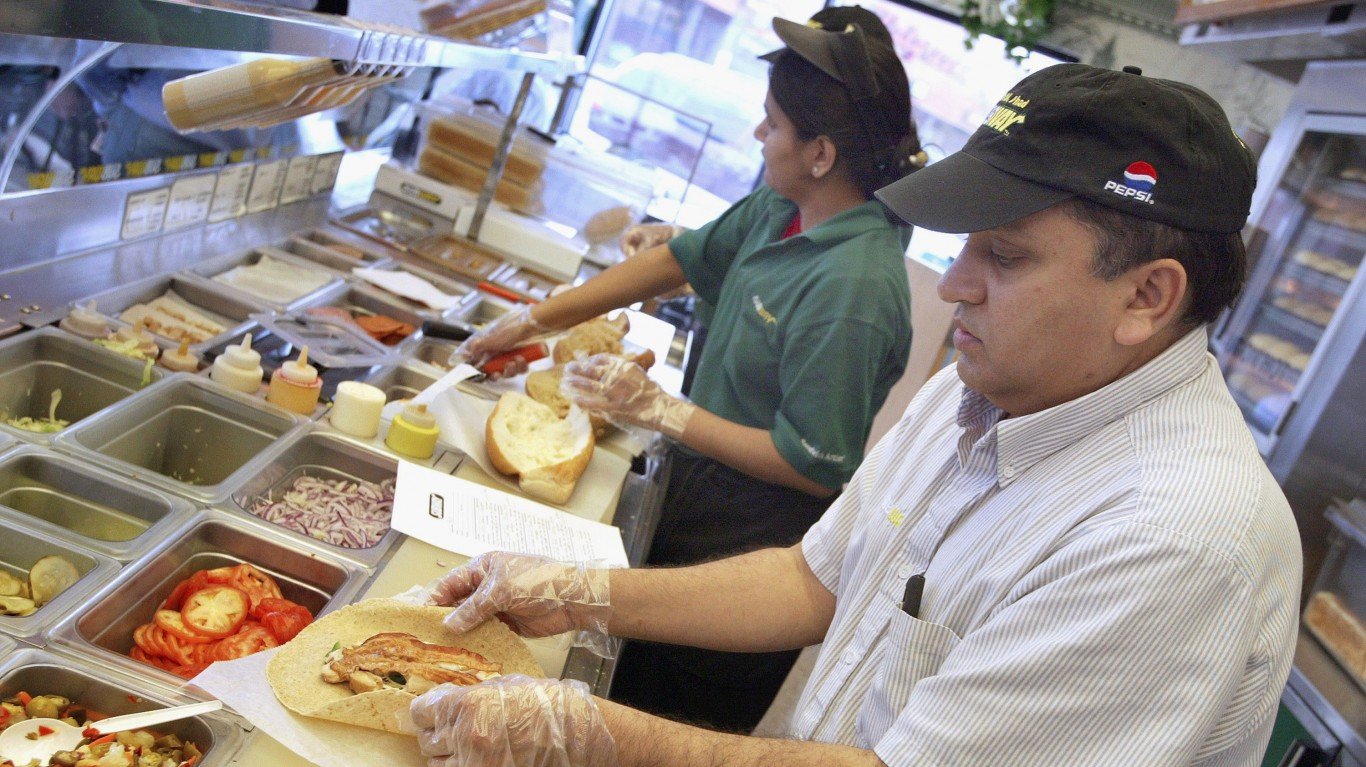
The company’s relationship with franchisees could also be described as fraught. While the cost of opening a Subway franchise may be lower than for other restaurants, profitability can be a challenge. Some franchise owners feel the franchise agreement greatly favors the corporation, while others report having a fear of retribution for anything less than toeing the company line. A 2019 investigation focused on stores closed for minor infractions so that the company can buy them back at a reduced cost and resell them to collect more fees. That is, if it can find a buyer. Subway reportedly has struggled to find franchisees, another reason it may still be closing so many locations.
5. What Will New Owners Mean for Subway?
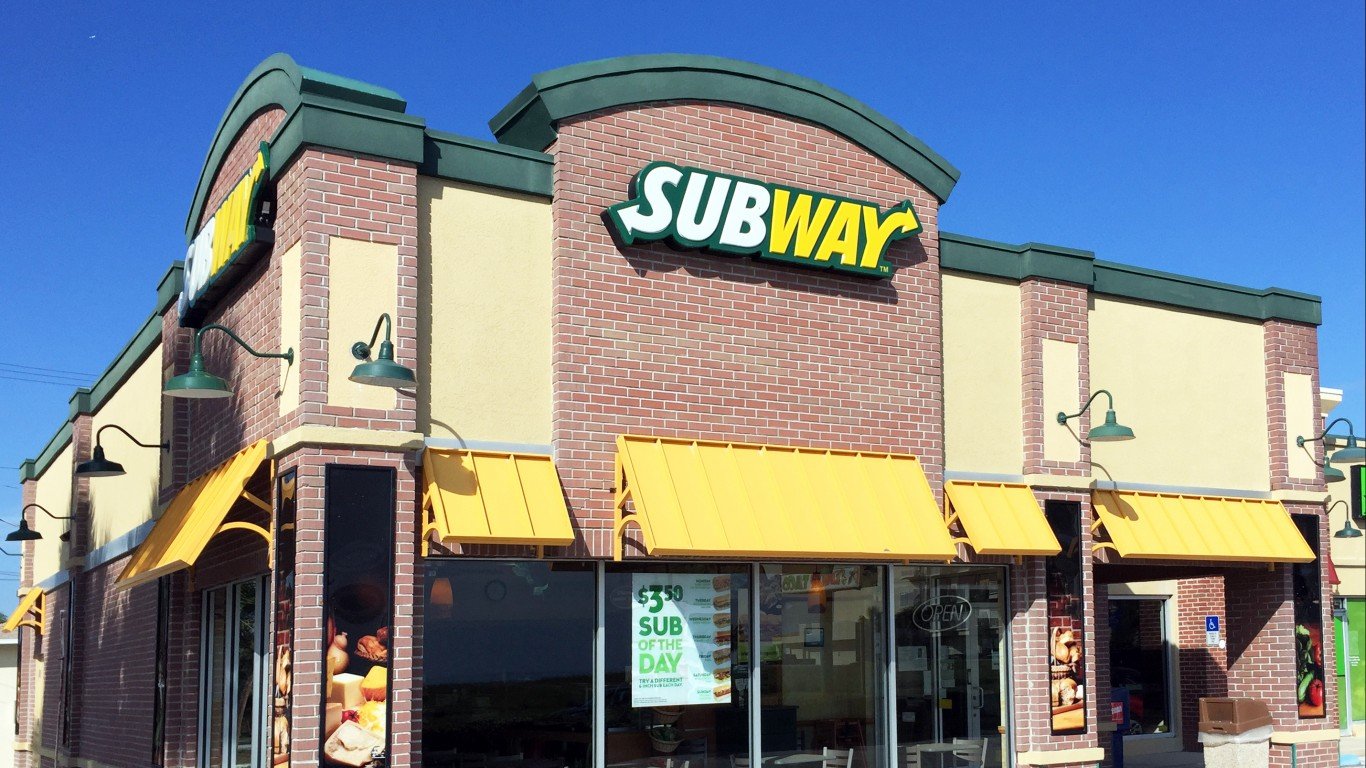
One of the first aims when a private equity firm buys a company is to cut costs. In this case, that is likely to mean layoffs and additional store closures, especially in the United States. However, in the long term, Roark is expected to focus on expansion overseas.
The new owners also could be forced to sell or close stores to please regulators. The Federal Trade Commission has opened an antitrust investigation due to Roark’s ownership of other sandwich chains. Could there be such a thing as a sandwich shop monopoly?
Regardless of whether the FTC probe amounts to anything, the long period of uncertainty for Subway franchisees, employees and customers is far from over.
You have the option to opt-out of these emails at any moment. For more information, please review our Disclaimer and Terms of Use.
Thank you for reading! Have some feedback for us?
Contact the 24/7 Wall St. editorial team.

